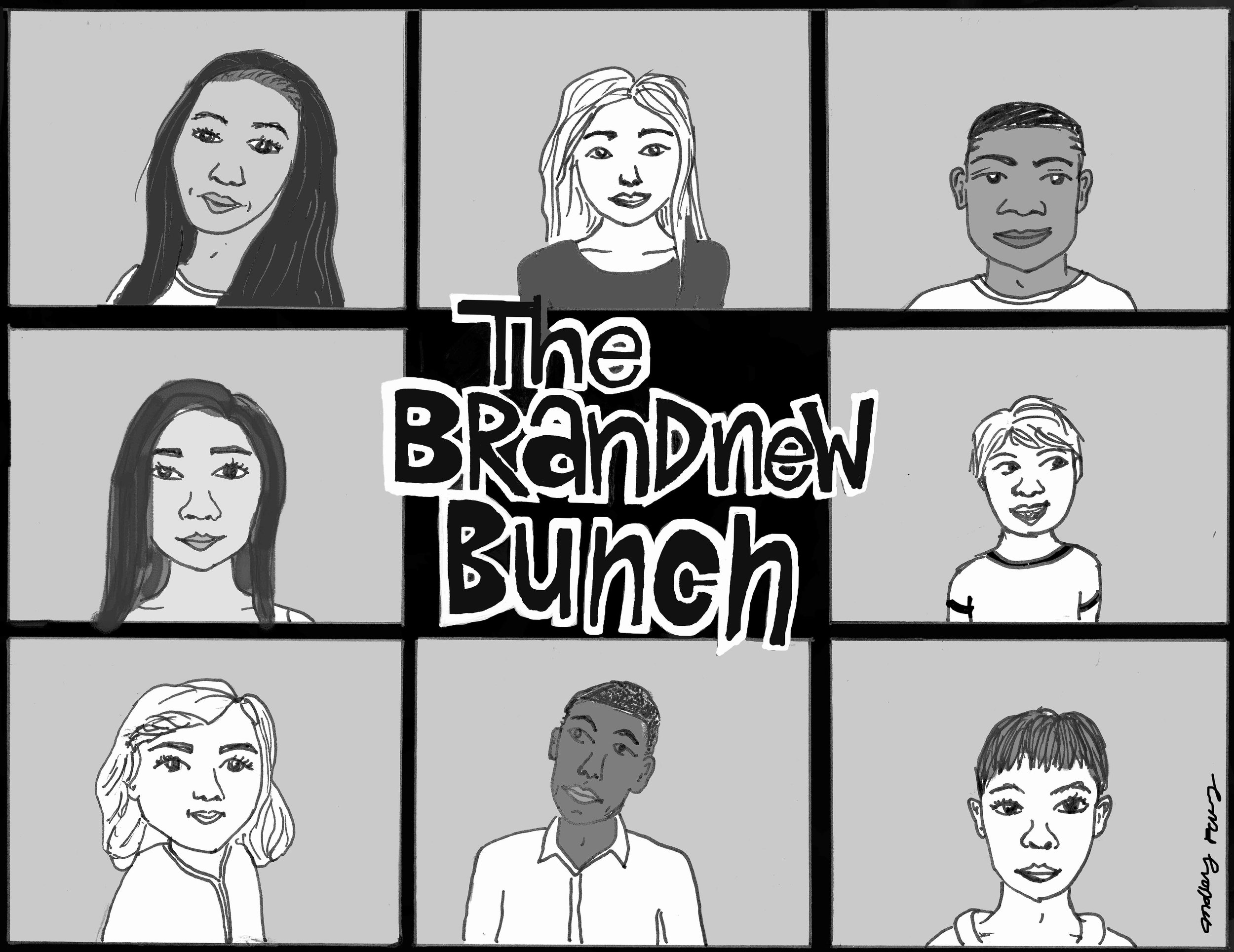People of color being accurately represented on television
Meagen Tajalle, Features Editor
Originally published November 24, 2015
Audiences have become very familiar with the white, middle class sitcom family through popular network tv shows, but more recently they are being introduced to sitcoms that diverge from the norm and portray more racially diverse characters and families.
Most popular sitcoms of the 2000s and earlier focus on either a white middle class family, or a group of young white people living in the city finding their way in their careers and relationships. “Friends,” “Everybody Loves Raymond” and “Seinfeld” are notable shows that fall into this category.
“The Cosby Show” was one of the first successful sitcoms with an all African-American cast, and arguably made shows such as “The Fresh Prince of Bel-Air” and “Everybody Hates Chris” possible.
Network sitcoms in recent years have become significantly more diverse, with shows such as “Fresh off the Boat,” “Blackish” and, more recently, “Dr. Ken.” Network dramas have followed a similar trend with “How to Get Away with Murder” and “Scandal,” to name only two.
This kind of cultural representation has been lacking for decades, since most sitcoms in an attempt at diversity cast one or a few supporting characters of color. When this is the case, race is addressed only briefly and often in the form of a joke. The problem with this is that it hardly counts as representation, since the supporting characters often don’t get their own stories told.
Audiences yearn to identify with characters, and for generations white Americans have been able to watch television and see their experiences reflected there, but minority groups have only recently been able to enjoy their experiences reflected in mainstream entertainment.
All of the aforementioned shows have something in common, and that is they are shows about people of color created by people of color. This means that not only are minority groups getting representation, but also that the representation is accurate, being written by people drawing on personal experiences and not perpetuating stereotypes.
A 2011 Nielsen ratings report found that different racial groups watch programs about people of their own race. African-Americans watched “House of Payne” and “Meet the Browns,” while Hispanics watched “George Lopez” in syndication.
This demonstrates that the demand for more cultural representation in the media was present before major networks started developing a number of sitcoms about non-white people.
Viola Davis recently became the first African-American woman to be awarded the Emmy for Outstanding Lead Actress in a Drama Series, and in her acceptance speech said, “The only thing that separates women of color from anyone else is opportunity. You cannot win an Emmy for roles that are simply not there.” Davis won for “How to Get Away with Murder,” created by Shonda Rhimes, who also created “Scandal.”
The reality is that people of color have experiences different from those of white Americans, but they also have other nearly identical experiences. Both should be reflected in entertainment.

























